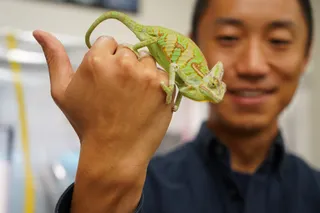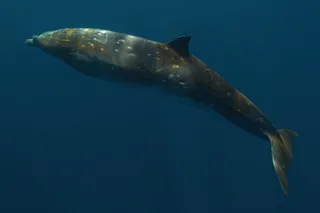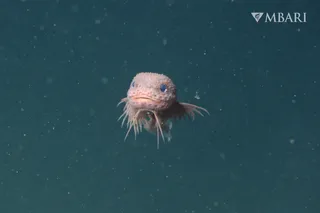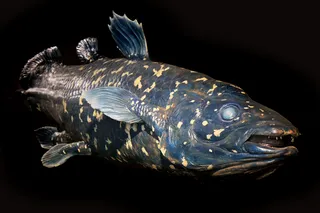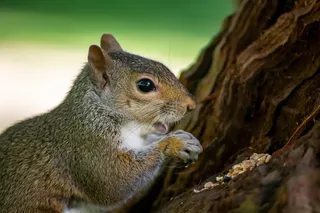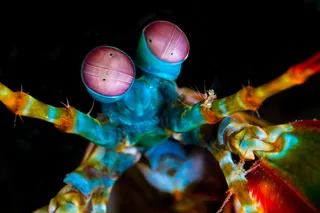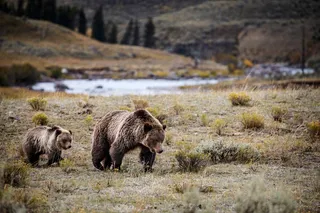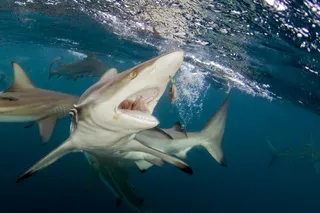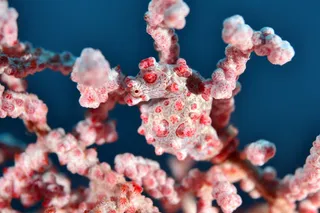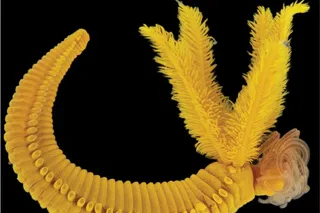When you look at a kangaroo or a wallaby, it's obvious the animal is well built for bouncing around the outback. What may be less obvious is that its arms are built for fighting—if it's male, that is. Males of these species have disproportionately long arm bones. And the more brawling a species does, the more exaggerated the difference between the beefy-armed males and their normal-limbed mates. To understand this evolutionary quirk, we'll need to review the rules of fighting in wallabies and kangaroos. (Together, these animals are called macropodids.) Males wrestle each other to show their dominance and to gain access to females. The first rule of macropodid fight club is not "don't talk about macropodid fight club," but "kick a lot." In smaller species, both males and females kick "opportunistically and savagely," write University of Western Australia physiologist Hazel Richards and her coauthors. Some males even have shields ...
Male Kangaroos' Arms Evolved to Pound the Crap out of Each Other
Discover the fascinating world of kangaroo and wallaby fighting, where males showcase their immense arm strength for dominance.
More on Discover
Stay Curious
SubscribeTo The Magazine
Save up to 40% off the cover price when you subscribe to Discover magazine.
Subscribe

